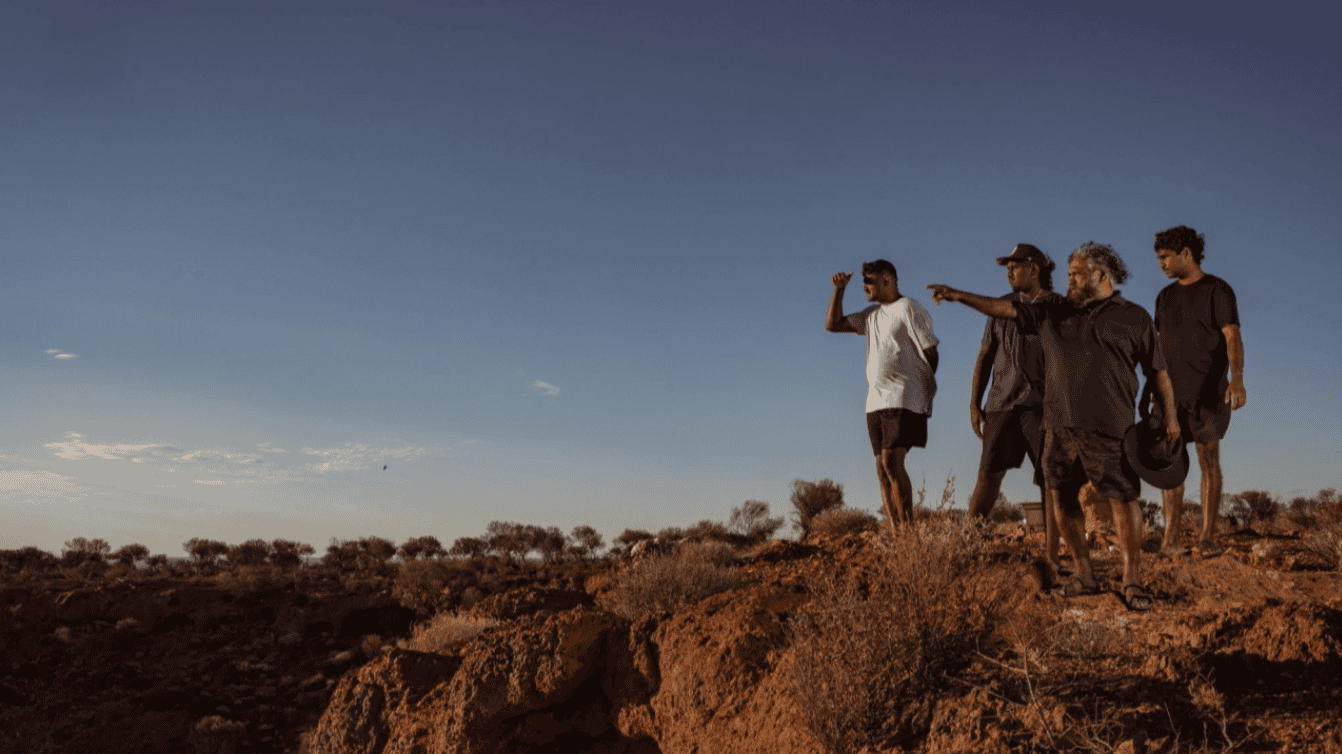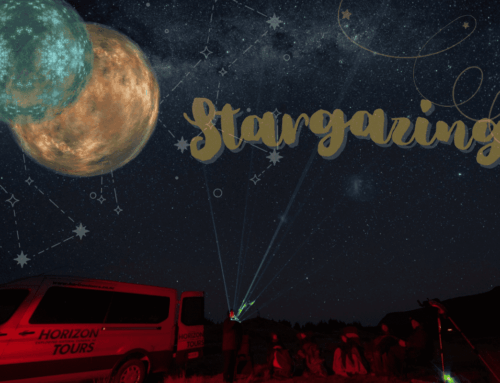🗣️The conversation continues! We’re back with more insights from the World Trails Conference, diving into another community question…
💬 This time, Kylie Ruwhiu-Karawana shares her thoughts on key areas raised by one of our community members – from First Nations led trail initiatives to innovative visitor storytelling, sustainable infrastructure, and community stewardship. Let’s dive into her insights!
- First Nations-owned, led, and managed trails: Trail projects led by First Nations are increasingly recognised as a way to honour traditional knowledge, foster economic independence, and empower communities. These trails can: Start with community-led consultation that involves cultural and business approvals, ensuring they align with traditional values and future aspirations. Incorporate cultural interpretation through signage, guided tours, and storytelling, promoting both environmental stewardship and cultural education. Offer trail-related products such as cultural experiences, Indigenous artwork, or bush food tours, generating economic benefits while preserving cultural heritage. Use First Nations governance models, ensuring the trail operations and benefits are managed within the community, ensuring social and environmental sustainability.
- Innovative visitor interpretation and storytelling along trails: Using interactive technology (like QR codes or augmented reality) and traditional storytelling methods to interpret natural landscapes and cultural stories makes for an immersive experience. Trails can act as pathways not just through the land but through history and culture, with First Nations stories shared along the way.
- Cool and sustainable trail infrastructure: A great example is composting toilets in remote locations—like those seen on New Zealand’s long-distance trails—which help reduce environmental impacts while meeting visitor needs. Eco-friendly rest stops that use recycled materials, solar power, and natural design features (e.g., shaded seating from local timber) also ensure that trails remain sustainable for the long term.
- Community stewardship examples: Successful community stewardship is often volunteer-driven. Programs like those seen on the Te Araroa Trail in New Zealand or the Appalachian Trail in the US have active volunteer networks for trail maintenance. In addition, communities near trails can benefit from creating local businesses—offering accommodations, guided tours, and food services—that create shared ownership of the trail’s success. Encouraging local residents to become trail advocatescan increase their involvement and sense of pride in their local environment.
Trails are not just paths—they are opportunities for collaboration, storytelling, and sustainable development.






